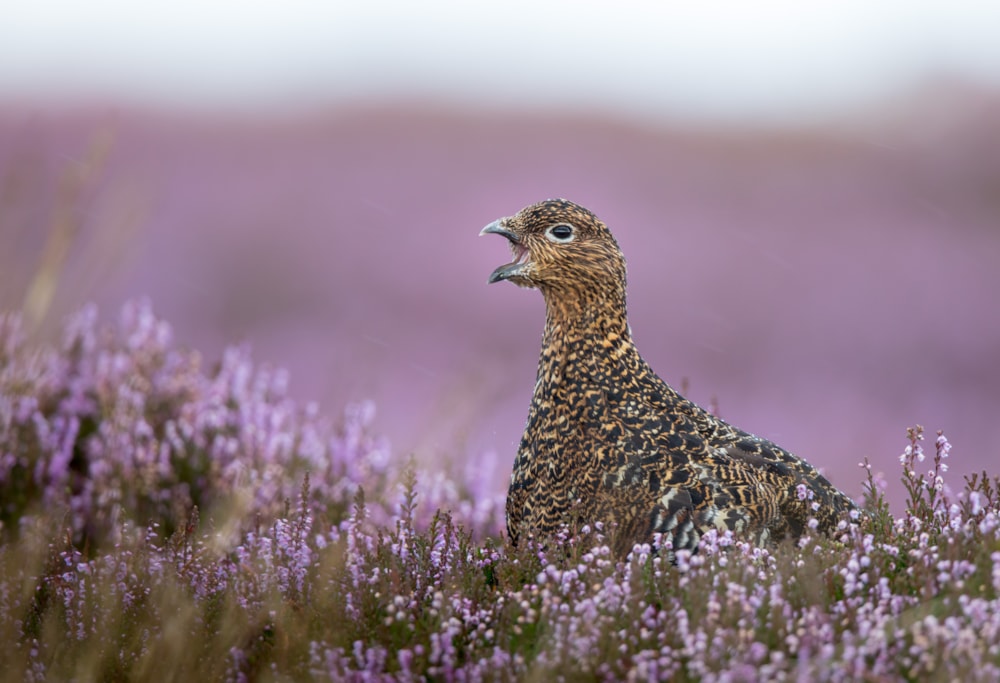Mountain Hare populations on Scottish grouse moors are at less than 1 per cent of original levels, RSPB Scotland has announced.
According to a newly published study by the Centre for Ecology and Hydrology and the RSPB, Mountain Hare numbers on moorlands in the eastern Highlands have dropped to a shocking less than 1 per cent of their initial levels. The study analysed spring counts of the hares over the last six decades on moors managed for Red Grouse shooting, and also on neighbouring mountain land, with a severe and sharp decline occurring in the former over the last 19 years.

Mountain Hare culling as a form of disease control, ostensibly to benefit Red Grouse, is part of the management of many estates (Paul Harris).
The study found that the Mountain Hare populations on moorland sites declined by roughly 5 per cent each year between 1954 and 1999, with this long-term population reduction thought to be due to changes in land use, including the planting of conifer plantations, and reflective of a much wider decline Mountain Hares are suffering across their range.
However, from 1999 to 2017, moorland Mountain Hare declines increased dramatically to more than 30 per cent each year, consequently leading to counts in 2017 of less than 1 per cent of the original levels in 1954. Intensive grouse moor management is the dominant land use in these sites, and it’s on such moors that unregulated hare culling is prominent. The culling is said to be a form of disease control, supposedly benefiting Red Grouse, and has become part of the management of many estates since the 1990s. Despite this, there is currently no evidence that hare culling has any beneficial impact on the total numbers of grouse shot.
On higher, alpine sites, Mountain Hare numbers have fluctuated, but since 2007 have generally increased, before declining again recently (though not to the current lows seen on moorland sites). Professor Jeremy Wilson, the RSPB's Head of Conservation Science in Scotland, who assisted in analysis of the data, explained: "The data reveals severe recent declines on grouse moors that are strongly correlated with the start of Mountain Hare culls, for which there is no clear scientific justification. Urgent action is needed if the future conservation status of Mountain Hares is to be secure."
Dr Adam Watson, of the Centre for Ecology and Hydrology, added: "I am both delighted and relieved to see this paper published. Having counted Mountain Hares across the moors and high tops of the eastern Highlands since 1943, I find the decline of these beautiful animals both compelling and of great concern. We need the Scottish government and Scottish Natural Heritage to take action to help these iconic mammals of the hill – I hope they will listen to the voice of scientific research."
Duncan Orr Ewing, Head of Species and Land Management at RSPB Scotland, called for a control of hare culling: "We consider that large-scale population reduction culls are both illegal under EU law and unwarranted as a method for controlling grouse disease. Management of this species should now be more tightly controlled by Scottish Natural Heritage to safeguard Mountain Hare populations. We expect this subject to be given thorough consideration by the current independent grouse moor enquiry, which is looking at how grouse moors can be managed sustainably and within the law."
No comments:
Post a Comment